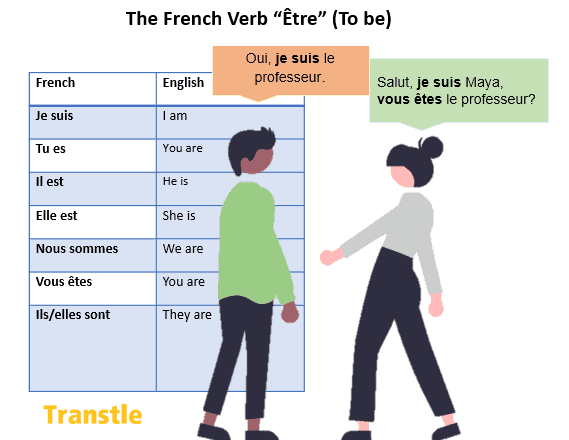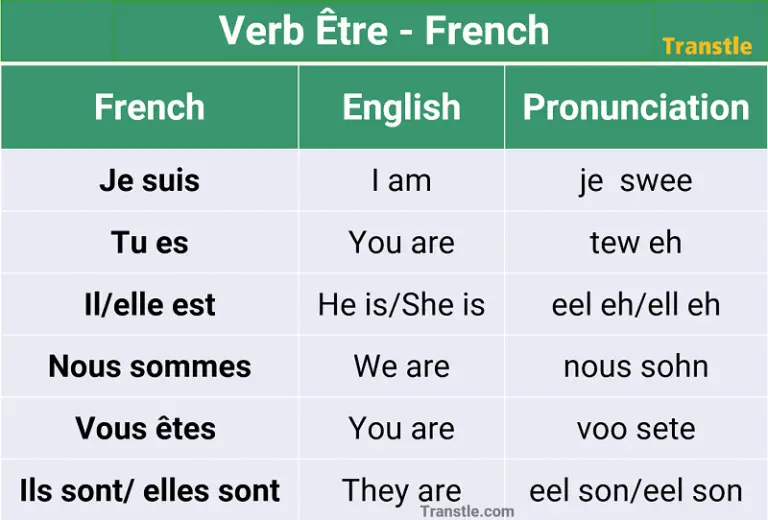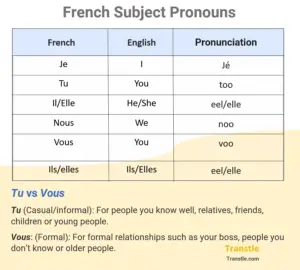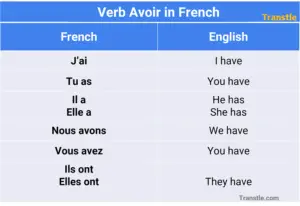Verb Être in French: Use, Conjugation, Examples, Exercises

Être
The verb être in French means “to be” and is used to express the characteristics, states, qualities, or location of people, animals or things, for example “You are pretty” – “Tu es jolie”, “The animals are in the field” – “Les animaux sont à la campagne”.
What is a verb
A verb is a word that expresses an action or an act, a movement or a state. According to Larousse, verbs are the activities that people, animals or things perform or suffer and situations or states in which they are found. Examples of verbs are: to sing, to eat, to live, to be, to have.
Infinitive of the verb
When a verb is in its infinitive form, it is not conjugated and does not indicate who is performing or experiencing the action. For example, “to study” does not indicate who is studying. However, when verbs are conjugated, as in “i study”, “she studies”, it does indicate who is performing the action.
Conjugation of the verb être
Present tense

| French | English |
| Je suis | I am |
| Tu es | You are |
| Il/elle est | He/She is |
| Nous sommes | We are |
| Vous etes | You are |
| Ils/Elles sont | They are |
Examples or sentences with être
|
Être in imperfect tense (l’imparfait)
The verb être en l’imparfait is a verb tense used to describe actions or states that were ongoing or habitual in the past.
| French | English |
| J’ étais | I was |
| Tu étais | You were |
| Il / elle était | He/she was |
| Nous étions | We were |
| Vous étiez | You were |
| Ils / elles étaient | They were |
Examples
|
How and when to use être
The verb être is used to express characteristics, movements and with reflexive verbs.
To express characteristics, or more technically, in attributive sentences
Examples
|
- As an auxiliary of verbs of movement
Verbs of movement (les verbes du mouvement) express displacement from one place to another, they are sixteen verbs and some are: To go, to arrive, to leave, to run, etc.
An auxiliary verb is a complementary verb, which is used to accompany another main verb.
Examples
|
- As an auxiliary verb of reflexive verbs
Reflexive verbs reflect the action back to the subject, like “I dress myself”.
Examples
|
Exercises

Time's up
Read next



